A common misconception among gym owners is thinking that their community is different than any other gym out there – most gym owners usually think that only they can know exactly what their athletes need.
I will preface these points by saying that they are specific to programming for regular people in a group setting and programming for someone individually is a different ball of wax – you can certainly know your individual clients better than someone else does and be privy to more vital information, but even so: effective principles of program design still apply.
#10 People are People
Of course, we know that no two people are created the same; but we really aren’t trying to differentiate from one person to the next when planning our training executed in a group setting.
We are trying to provide well-rounded programming so that, regardless of the day’s people choose to train, they’ll receive pieces that will help move them forward.
For the general population, most can agree that health and longevity take precedence, both of which lead us to achieve other improvements such as body composition and performance.
#9 Emphasize Recovery
This notion of adding constant stress to our already stressed out clients’ lives couldn’t be more ass-backward. If you’re not thinking about using strategies such as low-effort work to facilitate your clients’ recovery then you’ll more than likely not incur great results. This applies to EVERYONE.
#8 Emphasize Nutrition
It’s no mystery that without the proper nutritional strategies no program will take your clients to the next level. The athletes that have the best results and longevity care as much about what goes into their mouths as they do showing up to your classes.
Again, this applies to everyone regardless of what gym you train at.
#7 Emphasize Low Threshold Work
Without the proper balance of intensity zones, you’ll more than likely overtrain your clients. The better gyms build value in this work and educate their clients as to why it’s vitally important to their health and longevity.
This must be done with all segments of the population, including high-level athletes.
#6 No one is Training for the CrossFit Games
In fact, more than 300 CrossFit gym owners have said this verbatim on their phone calls with us over the last three years.
Again, if you’re training for a specific event like Division College Football or the CrossFit Games, then group programming may not be the best possible option for you.
#5 Greatest Good
The greatest good for the greatest number is the goals we mentioned in point #1 (health, longevity, body composition). With that said, if you focus on only one aspect of training (Olympic lifting, powerlifting, gymnastics, conditioning) then there will be holes in your client’s games.
At no point in a group setting should you ONLY focus on one area of fitness. Remember, we are training a group of people, and just because 20 people out of your 100 members want to get stronger doesn’t mean we should devote the next eight weeks to gymnastics development only.
#4 Concurrent Fitness
Improving multiple aspects of fitness concurrently is possible, as we know. With clients whose schedules may be unpredictable, having a balanced and consistent approach is important. At any given day of the week, your members should know what to expect intent-wise, but still, be surprised by how the intent is delivered.
To clarify, having a consistent template allows for your consistent athletes to make the most progress, but still allows for people that have unpredictable schedules to receive what they need to move forward, along with the ability to always work an area of weakness in their fitness. In most cases, the training that most people don’t enjoy performing is the training they need the most.
That’s not to say they should hate the process; quite the contrary. What I’m trying to get at is, consistency in terms of our modality placement is important for both our most committed and least committed athletes and prevents overtraining.
#3 What if My Clients Miss Squatting Days?
This is inevitable. At the end of the day, whether or not your athletes squat may not be the determining factor in their success. In fact, most general population athletes require more unilateral and GPP work than they do barbell work. You may think I’m crazy for making this statement, but I will tell you that I see more people hit new personal records with the barbell by simply building their base through GPP work and strengthening their weaker muscle-groups.
Of course, we don’t want our athletes to miss any elements of our training, but rotating training because a group of your athletes can only come on certain days presents many issues with recovery and overuse. On the other hand, if you’re training for a powerlifting meet, then missing squatting days isn’t advised, and your client may need a more individualized plan if this is the case.
#2 Specificity vs. General
Improving body composition is a specific goal and you’d be hard-pressed to find people that don’t want to look better. If there are a few certainties we know to be true across the board, then why not work on giving our clients pieces that will facilitate this response/progression?
#1 Novelty
If you fail to think outside the box your clients will likely become disenchanted and find somewhere else to train. Being innovative and constantly looking for ways to improve should be important for any coach.
At the end of the day, the “unknowable” is okay to include, but the things that we do “know” needs to be included consistently. If I asked 200 gym owners to tell me three goals they know the majority of their clients would list if asked, then it’s obvious whether or not your gym needs a unique approach that is only valid to your facility. It’s likely that those goals involve things already mentioned.
Closing
Regardless of where you live and who you train, your clients still need to emphasize recovery, nutrition, and low-threshold work. I can say this with 100% certainty that if these areas must be prioritized for everyone and your clients do not follow a special set of rules unique to your facility.
And if you’re ready to start implementing these changes, check this article out here.


